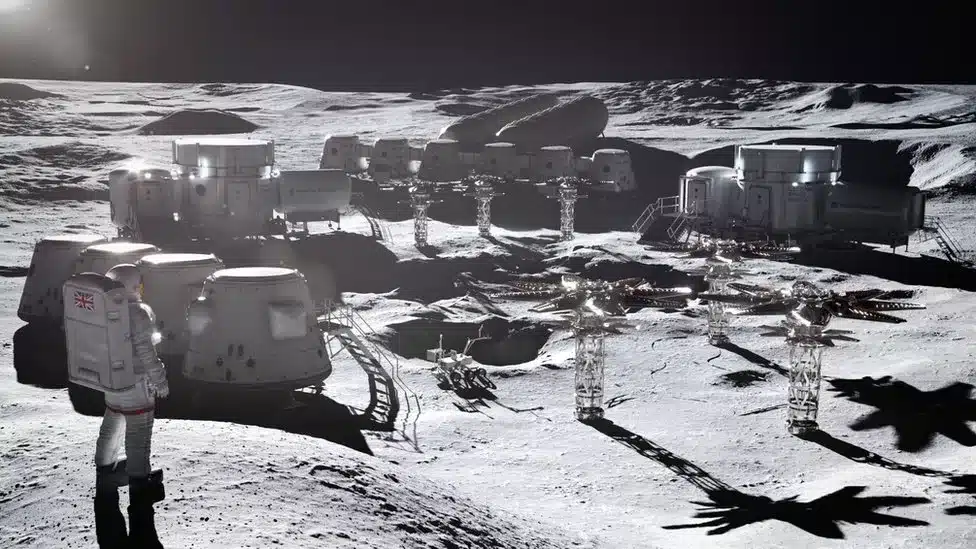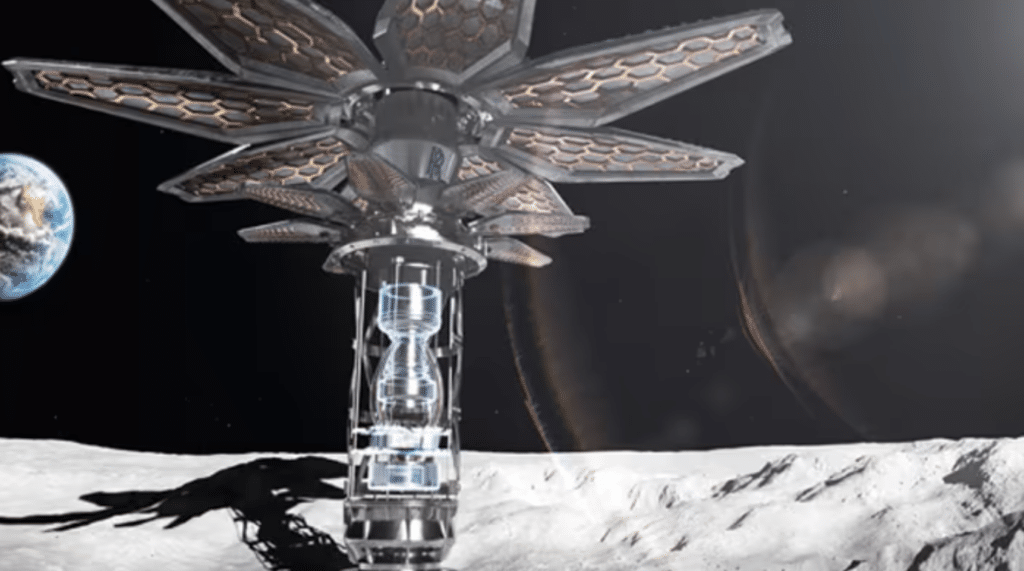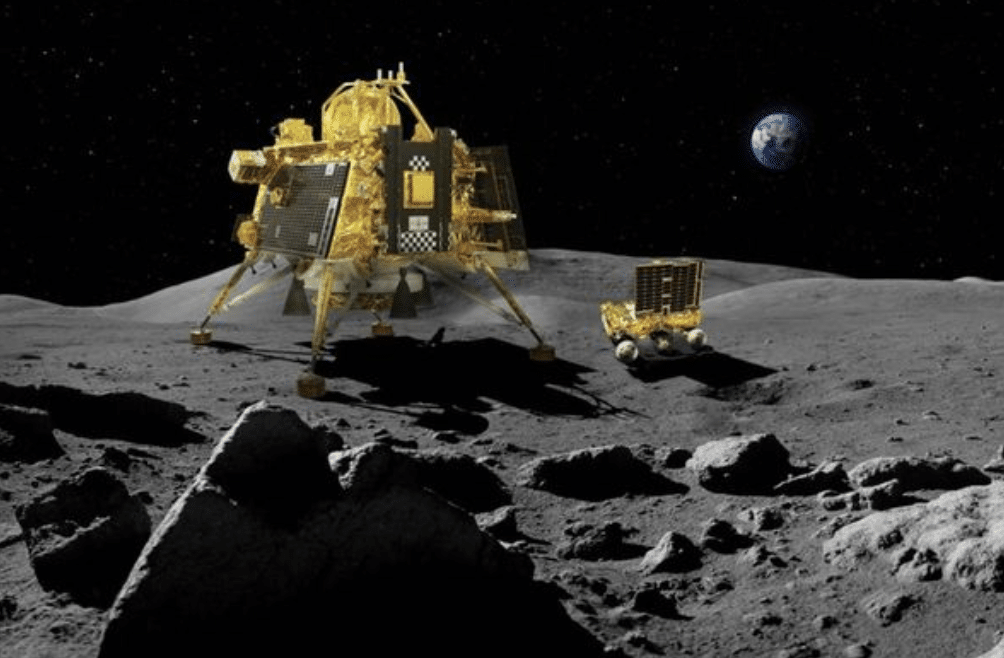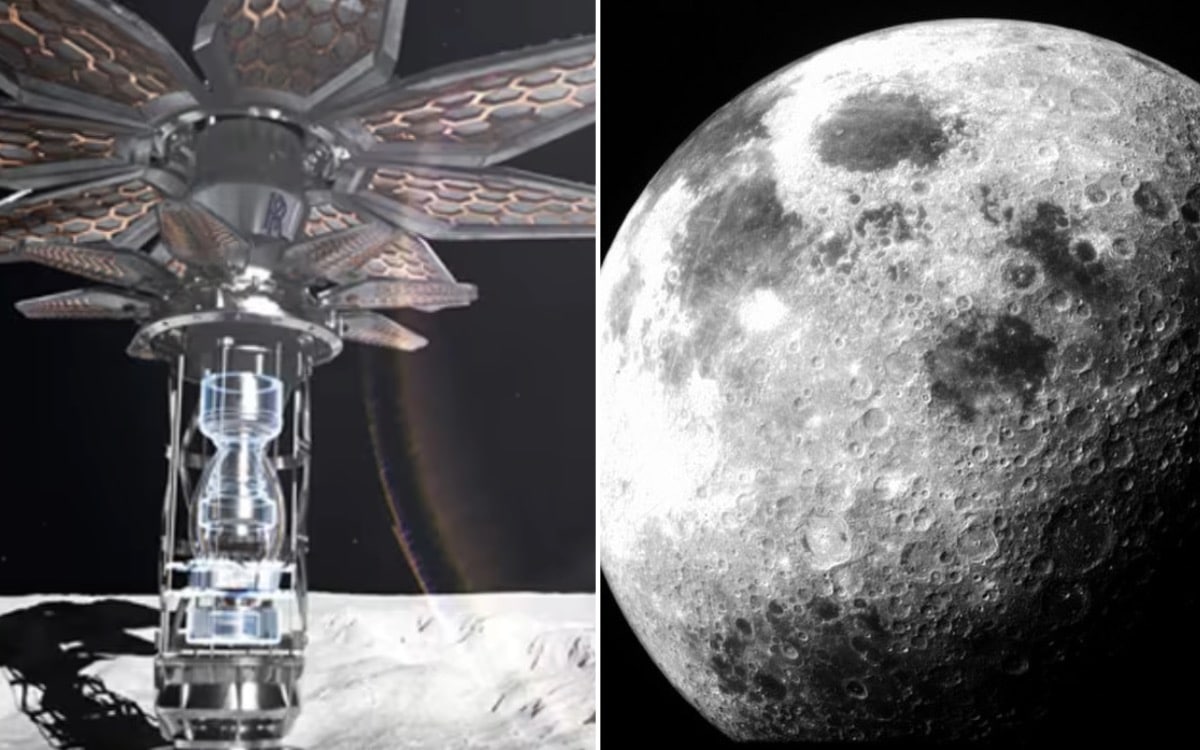Scientists design fuel making it possible for astronauts to live on the Moon
Published on Sep 05, 2023 at 4:48 PM (UTC+4)
by Adam Gray
Last updated on Sep 05, 2023 at 5:45 PM (UTC+4)
Edited by
Kate Bain
It might not be long before astronauts are living on the Moon.
That’s what scientists in the UK believe anyway.
READ MORE! India’s lunar rover has made a huge discovery while searching for water on South Pole of Moon
Scientists have now developed an energy source that would allow astronauts to live on the Moon for long periods of time.
NASA is already leading a program with the hope of constructing an outpost on the Moon by 2030.
But, if a Moon base is to be established, it will need a reliable energy source.
So, scientists at Bangor University have designed nuclear fuel cells, the size of poppy seeds, to produce the energy needed to sustain life there.

This development is significant for a few reasons.
The Moon is seen by many as the gateway to Mars.
Not only that, but it contains a lot of valuable resources needed for modern technology.
If astronauts can live on the Moon, they can use it as a springboard to reach the planets beyond.

A world leader in fuels, the Bangor team works with partners such as Rolls-Royce, the UK Space Agency, NASA, and the Los Alamos National Labratory in the US..
Researchers at the university have sent their tiny nuclear fuel cell, known as a Trisofuel, to their partners for testing.
It’s hoped that the Trisofuel cell can be used to power a micro nuclear generator created by Rolls-Royce.
The generator, a portable device the size of a small car, can be stuck on a rocket.
That too is going to be fully tested by being put through forces similar to being blasted up into space.

Last month, India made a historic landing near the Moon’s South Pole with its lunar rover Chandrayaan-3.
One of the mission’s major goals was to hunt for water-based ice which, scientists say, could support human habitation on the Moon in the future.
As well as finding evidence of water, the rover’s laser-induced spectroscope instrument also detected sulphur, aluminum, iron, calcium, chromium, titanium, manganese, oxygen, and silicon on the lunar surface.
DISCOVER SBX CARS: The global premium car auction platform powered by Supercar Blondie
Adam Gray is an experienced freelance motoring journalist and content creator based in the United Kingdom. Using his media accreditation with manufacturers’ press offices, Adam test drives the latest cars and attends new vehicle press launches, producing written reviews and news pieces for a variety of lifestyle and business publications. Here at Supercar Blondie, Adam applies his journalistic skills penning social-first content around current news and trends. When he’s not behind the wheel of the latest car or writing up another viral story, Adam can be found at his local rink playing ice hockey or at the Riverside Stadium supporting his beloved Middlesbrough FC.





